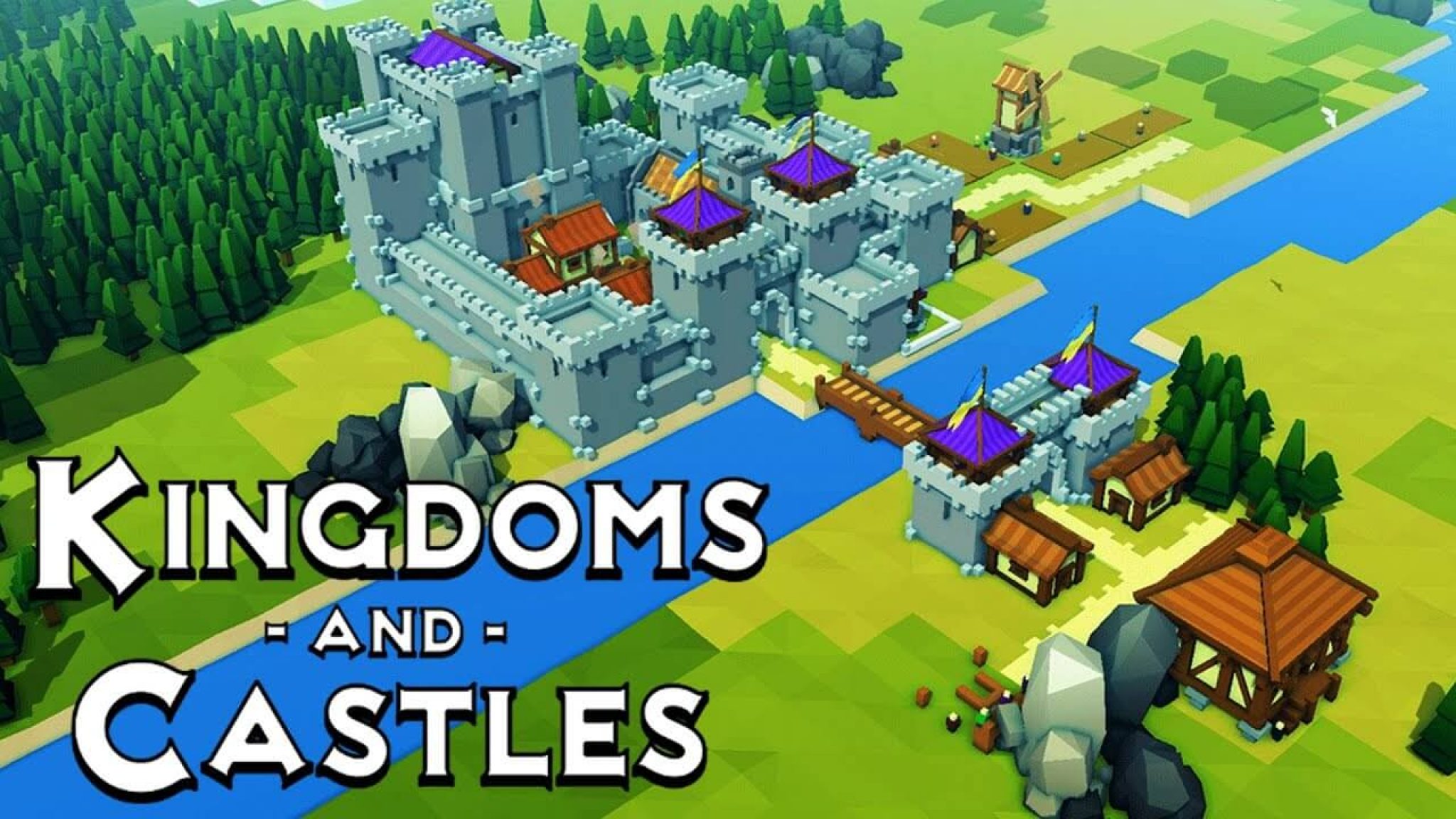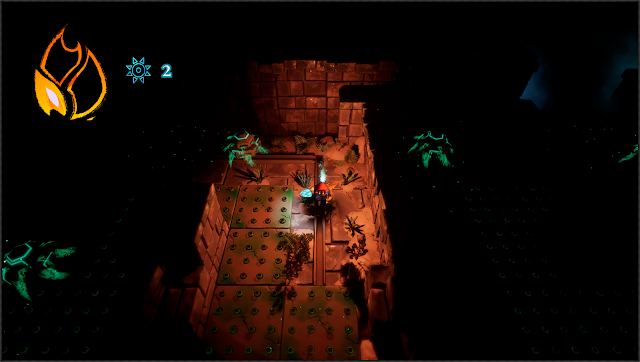EA Sports College Football 25 by developer and publisher Electronic Arts—Sony PlayStation 5 review written by Nick with a copy provided by the publisher.
Estimated Reading Time: 11 minutes
It has been a long time coming, but EA Sports College
Football 25 has finally arrived. There is an incredible amount of hype around
this title, which leaves this release living up to a near impossible task to
live up to. Does it? Most of the time. There’s room for improvement, but EA
Sports College Football 25 pays off more often than not.
So, a bit of background here, but for those familiar with
this video game series, it has been on hiatus for a long time now. Its last
iteration was NCAA Football 14, which means yes – the series has taken a decade
off. Even back then, there was a close kinship to the NFL series Madden
football, and that left many (including myself) wondering if EA Sports College
Football 25 would be its own game, or more of a reskin of the existing Madden
series.
There is certainly a good deal of shared DNA between EA
Sports College Football 25 and Madden, but there’s a good deal different
between them as well. Maybe some of this is just nostalgia fueling my opinion,
as I used to play the NCAA series every year, but there was a genuine thrill
firing up this game and hearing the band music playing. I was immediately sucked
in by the oodles of atmosphere, from iconic mascots and logos to instantly
familiar fight songs and the various college-specific images that come up in
the interface after picking your favorite team.

I of course went with the school I attended, Central
Michigan University. The way the menus and music all came together, along with
the pre-game ceremony had me grinning from ear-to-ear. That is to say, EA
Sports College Football 25 nails its audio and visual presentation. I really
enjoyed hearing some new voices and comments from the color commentary (well,
new compared to Madden), that were still familiar to fans of live Saturday
afternoon college football. Like most sports games, you get the occasional
goofy animation here and there, but there’s a lot of players running around the
field colliding with one another, not to mention some pretty cool physics with
the football that makes the experience far more authentic than anything the
series used to present a decade ago.
One specific example from when I was playing last night: I
threw a pass while my quarterback was under duress, and the ball came out wobbly
and short of the intended target. The defensive back turned to make a play on
the ball, getting their hands on what I thought was going to be an
interception, but my tight end was in a crossing pattern right by the defensive
player. The tight end absolutely rocked that smaller defensive back, and the
ball popped out as my intended receiver made the catch while falling to the
ground. It was a bang-bang sequence that in the past would have looked and
played out far differently, and nowhere near as memorably as the football had a
tendency to sort of laser in on a player’s hands and just Velcro there.
As for the core gameplay itself, EA Sports College Football
25 is fast and fluid. It’s interesting, because in the NFL, you have the
fastest players in the sport. But there is greater parity between players and
teams than in college football with its more than a hundred different teams. As
a result, these skill gaps create a greater sense of speed in the college game,
and mismatches are more common than in the pro game. That’s not to call EA
Sports College Football 25 an arcade version of football, but it certainly
feels faster than its NFL Madden counterpart.
The focus here is on offense. That’s where the play calling
and execution is most robust. With numerous types of offenses (many of which
you just don’t see in the pro game). The option game in particular is a
fantastic way to take advantage of athletic players and try to exploit the
aforementioned mismatches found between teams. That’s not to say defenses are
completely helpless, but by their very nature they have a tendency to be reactive
to what the offense is doing on the field.

That is not to say that the on-field product is perfect.
There are some simple tutorial items that come up once in a while when you are
encountering a new game concept, but there is a strange lack of feedback with EA
Sports College Football 25 when compared to what the Madden series has been
doing for years now. Maybe it’s to create more immersion and not pop up boxes
at the top of the screen that indicate that the user laid out a defender using
the hit stick, but EA Sports College Football 25 seems to do a little less
hand-holding at times, providing fewer points of feedback throughout the game.
Icons are small, energy indicators not always cleanly visible and in-menu
feedback often sparse. As a veteran of the EA football titles, I still knew
what I was doing, but I did at times find myself wondering if newcomers were
having a rougher experience than myself.
While playing the game of football is at the core of EA
Sports College Football 25, there’s various modes available to help serve up
that experience. Mileage varies from person to person, I’m sure. There’s the
Ultimate Team mode, which is a sort of fantasy football / sports card
collection mode that has a lot to do, but a lot of grinding to it as well. It’s
just never really been my favorite mode, though I am sure it is EA’s as it is a
microtransaction haven, where you can spend real money on getting more packs of
cards to improve your team. It’s just a hard mode for me to generally get
invested in, and the grind is often a slow one, with a stingy trickle of
rewards.
There are the usual suspects in quick exhibition games, and
online leagues as well. These are perfectly fine if that is what you came to
play, but for my money the dynasty and career (called Road to Glory) modes are
what hold my interest the longest. Dynasty is by far the most robust option,
and where I’ve been spending the majority of my time. Here you are the coach,
which means directing the play on the field, but also managing other aspects of
the team in between games as well. The most obvious parts of this are your
depth charts and checking out rankings and awards, but the most rewarding
system is the recruiting one.

Given the temporary nature of college football, where you
only have your best players for a finite number of years, your program’s
ability to stay talented and relevant relies heavily on your ability to recruit
new blood to the program. Now, since I started with a modest MAC school with
CMU, I had an uphill battle to gaining national recognition no matter how well
I played in my first couple of years. Most of my players were not very notable,
my competition was often somewhat lacking, and high rankings were elusive. But
as I started to get wins and as I began to backfill my ranks with new,
carefully cultivated recruits, my program began to flourish and my budding
dynasty could take shape.
There’s a few different aspects to this recruiting mechanic,
from choosing recruits you wish to pursue, to learning what interests them most
(if anything) about your program, and leveraging your allotment of weekly hours
to try and sway their commitment to your program. This part of the game felt
pretty fresh, with options such as direct messaging a recruit being less
time-consuming than trying to make a visit to their homes or setting up a
future on-campus visit.
The runner-up for my favorite mode is probably the career
one, where you choose a player from one of several positions such as quarterback,
running back, linebacker and so on. You then pick your initial ranking such as
two star or five star prospect. This part feels a bit underbaked to me, There
is very little incentive to picking an underwhelming prospect, outside of just
making it a more challenging experience for yourself. There’s little to no narrative
here. It’s great to say your two start prospect is an underdog, but to what
extent? You sit the bench more, you produce worse in games and it’s a slower
rise to stardom. But the lack of any actual story around it means the experience
doesn’t really pay off any differently in the end than going the five star
route, just that it Is harder. I’d love to see some sort of story around these
different beginnings, just to create a bit of differentiation at this stage of
the process.

From there, your player has weekly energy that they use
between games, similar to what the coach has in terms of a weekly resource to
spend points on in the dynasty mode. Here your player needs to juggle staying
healthy, improving their stats through training, team activities and keeping
your grades up. I like this approach, even if the implementation gets a little
static over time. There’s some randomized events that spring up now and again
to offer you say, additional study opportunities to cram for an upcoming exam
at a lesser cost, or to participate in a team activity that will help your
coaches and teammates trust you more.
One interesting change here from the Madden career mode is
this aspect of ‘trust’, where your player only has limited access to the
playbook. That means you can’t just always run plays that benefit you, but
force you to at least try to play within the coach’s system. As you earn more
trust with your coach, you gain more opportunities to branch out and choose
additional plays. No doubt some people will bristle at this limitation, but I
actually liked it as I felt like the old Madden system was pretty abusable on
the path to making your player the greatest ever. It’s been confirmed in
several articles that your created player can be imported into Madden when it
releases in a couple of months, so I’ll be curious to see how that goes, and
again, feel like there’s an opportunity here to craft a narrative that follows
your player into the pros in future iterations of the series.
Now, related to that last paragraph is probably one of my
biggest issues with EA Sports College Football 25 – its relationship with the
Madden series. Back when my old buddies would play these two football games
with me 10+ years ago, one of our favorite activities was getting our hands on
the college game first, playing through several seasons and generating draft
classes based on those results. Then Madden would release and we would play
through multiple seasons of Madden, importing those saved draft classes from
the college games.

By all accounts, that is not an option this year. I suspect
it has to do with the licensing of real players and their likenesses, and what
it would cost to have them in both games (this is the reason why the college
game had taken a decade off, due to some litigation around this very topic in
the past). It’s an incredibly disappointing lack of connection between the two
games, and something that along with improvements to the career mode, I hope
that EA can iron out in next year’s game. These two titles always played best
in the past when they worked hand-in-hand with one another, and this particular
lack of feature is a glaring hole in what has otherwise been a very enjoyable
package for me.
It is no exaggeration to say that EA Sports College Football
25 may be the most anticipated sports release of all time. Even though EA has publicly stated that they are spinning up new servers to compensate, it has had a negative impact on the server reliability and performance during the pre-release period. There’s a decade of build-up since the last one, and
football’s only become more popular over that time. Maybe this can also help
set the framework for an NCAA basketball game, but that feels unlikely in the
near future. Still, I greatly appreciated the sights and sounds of EA Sports
College Football 25, and while there are areas that can be improved upon, and a
couple of missing features that are somewhat glaring, it’s hard to deny just
how much fun there is to be had here. EA Sports College Football 25 has kept me
up very late multiple nights in a row now, and I imagine it will for weeks to
come.
Score: 8 / 10





































